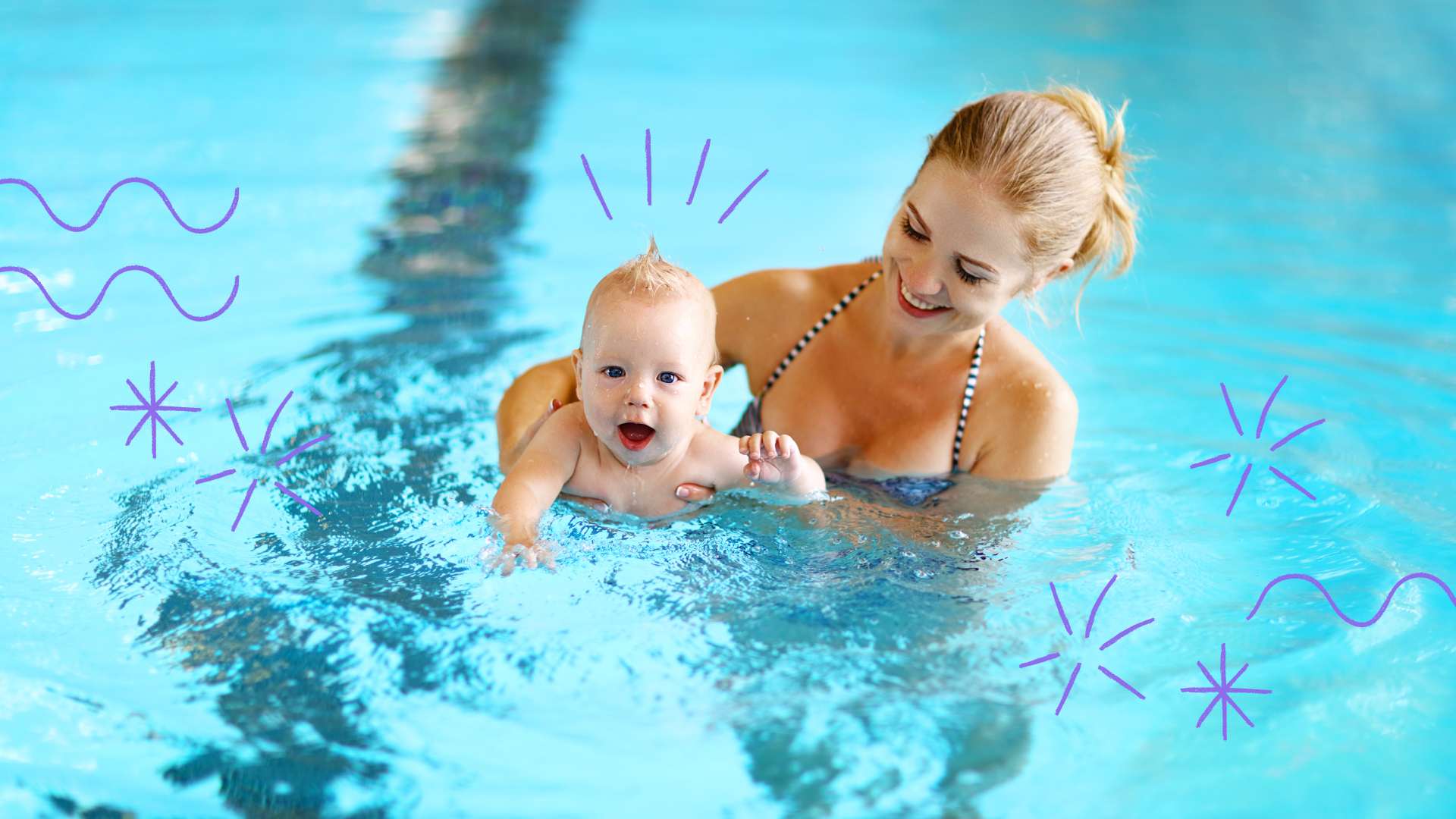
- < 1 min
Calming Tips for Your Teething Baby

You might want to teach your child to swim as early as possible, possibly when they’re still babies, and this is understandable. It’s an important skill that plays a key role in drowning prevention and provides a foundation for a lifetime of safe, fun water play. Let’s look at when and how to start teaching your child to swim so you can make an informed decision.
This is a personal choice, but is there a “too young” to teach a child to swim? According to the American Academy of Pediatrics (2019), many children can and should be taught beginning at age one. They should at least be familiarized with a significant body of water, like a pool, and comfortable when they find themselves in this situation. According to other professionals, you can teach your babies to swim as soon as their belly button has healed. Most swim classes take babies as young as six months old.
It depends on your child’s age, but the strategies below can easily be adapted for any child.
Ensure that your child is ready. Before introducing them to a pool, start by splashing some water on their face during bath time. See how they react when the water is splashed, and make sure they know you are there with them and having a good time while everyone is safe. You can also splash a little on your face or see if your baby wants to try and mimic your splashing actions. Try to turn it into a fun game for them. If they can have fun, try and splash a little more. We want to make sure that they always feel safe and enjoy themselves.
If you have a pool, start at the shallow end. If you go to a neighborhood pool, start with the baby pool if there is one, or the shallow end. Try to choose a time when there are not many other people swimming. Be sure to bring some of your child’s favorite bath toys that they will be able to take with them into the pool, or a few novel toys designed for water play to make it extra special. The idea here is that you want the first few times in a pool to be a positive experience for your child.
Take it slow with your child. Gently introduce them to the water and if they seem to be scared, gently lift them out. Remind them that you are there and will help them whenever they need some support. Many parents introduce swimming with the child wearing a lifejacket, but I would advise against this. We want to keep it as natural as possible from the start. If a baby learns to swim with a lifejacket on, they might feel very uncomfortable when the jacket is removed.
I believe in you! And soon, when your baby is swimming independently, you will too!
American Academy of Pediatrics, Swim Lessons: When to Start & What Parents Should Know, March 2019.